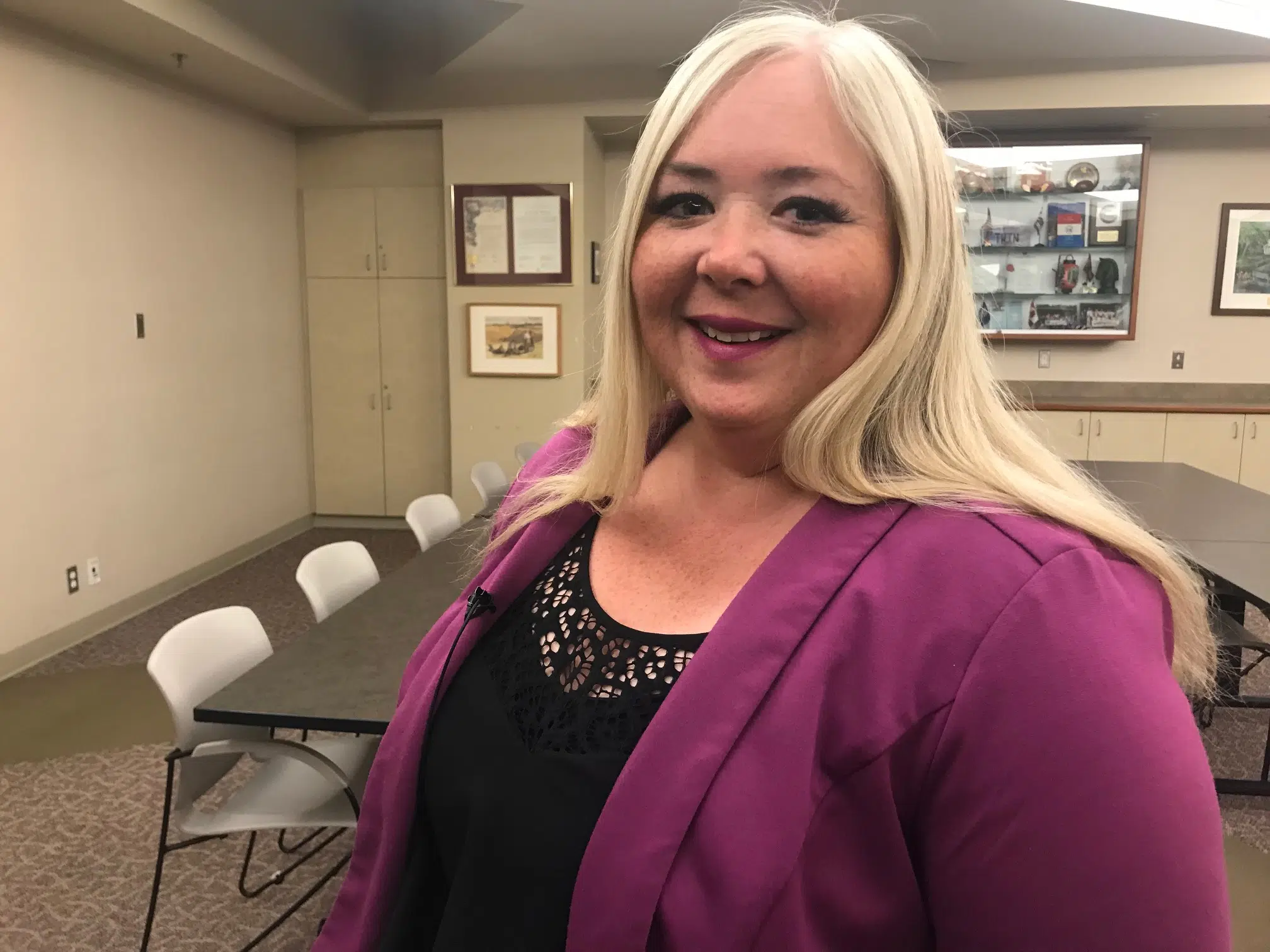
What if ARCHES didn’t give out clean needles to addicts?
LETHBRIDGE – What would happen if ARCHES closed tomorrow? If they didn’t give out one single clean needle or pipe again?
“530 people in this community would be using in public parks up to 10 times a day; in public washrooms, in back alleys, in church parking lots. In any nook, corner or cranny they could find,” says Executive Director Stacey Bourque.
ARCHES, the harm-reduction agency that’s been operating in Lethbridge since 1986, has a mandate to respond to, and reduce harm associated with HIV, Hepatitis C and to help/offer a variety of services to those who are addicted to illicit drugs and alcohol. They range from counselling to housing, medical care, nutrition, indigenous cultural services, and helping addicts access detox and rehab services.
The new supervised consumption site operated by ARCHES opened its doors in late February; it has had more than 15,000 visits in three months, averages about 500 users per day, and is open 24 hours a day, seven days a week.


